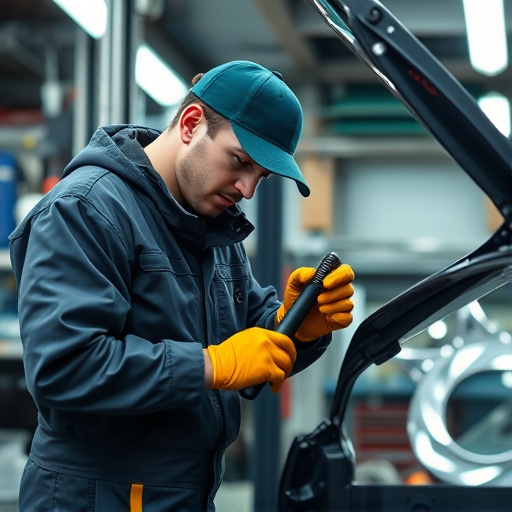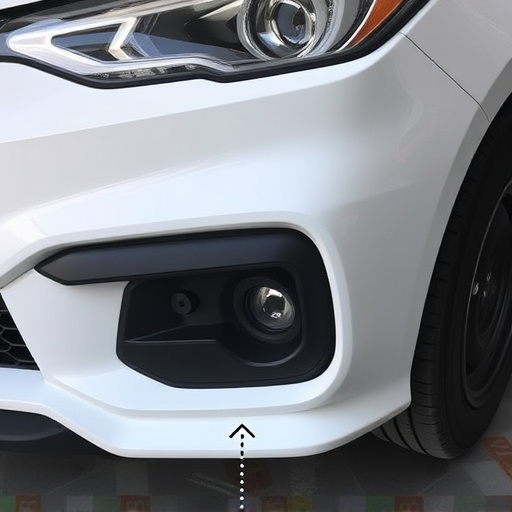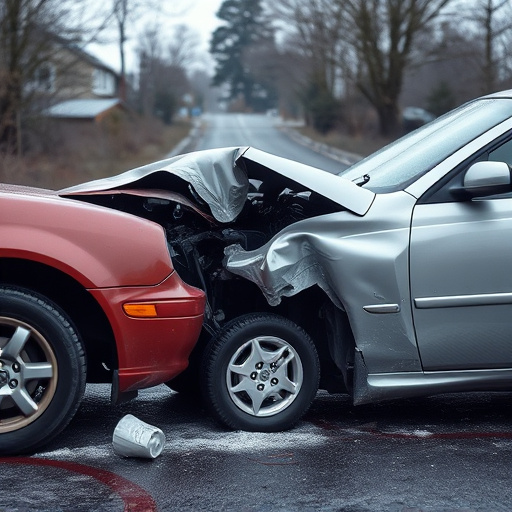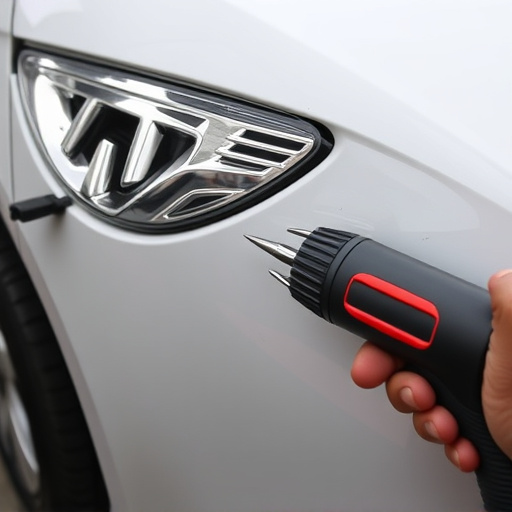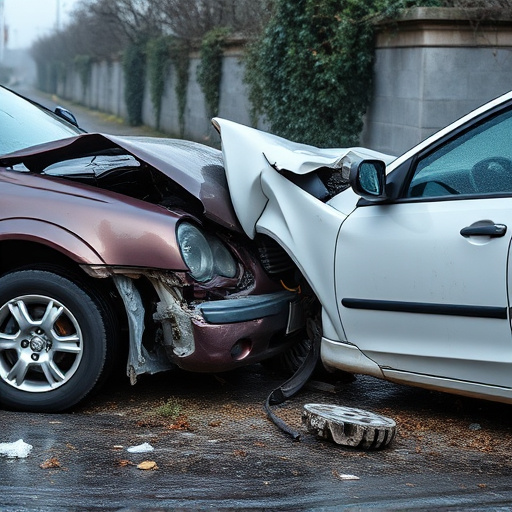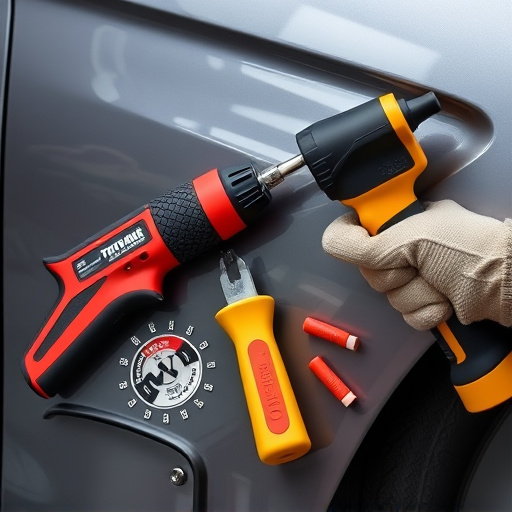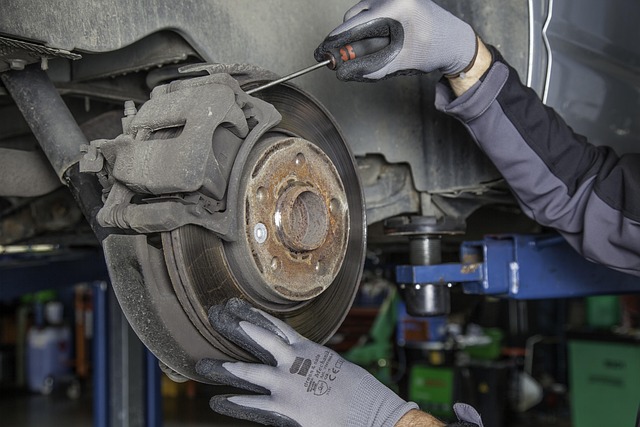Towing to a collision center involves assessing vehicle condition, using specialized equipment for secure transport, and facilitating swift damage evaluation. Skilled technicians provide tailored repair solutions while adhering to legal guidelines, ensuring proper authorization from owners and reasonable care to prevent further damage. Best practices prioritize safety with equipment securing, driver training, clear communication, regular fleet inspections, and technology integrations like GPS tracking for efficient collision repair operations.
Towing a vehicle to a collision center is a common procedure after an accident, but it involves more than just moving a car. Understanding the proper towing procedures and navigating liability considerations are crucial aspects of the process. This article delves into the intricacies of towing services, exploring legal liabilities and best practices for safe, efficient operations related to towing vehicles to collision centers. By understanding these key factors, businesses can ensure smooth post-accident vehicle transportation.
- Understanding Towing Procedures to Collision Centers
- Legal Liability Aspects of Vehicle Towing Services
- Best Practices for Safe and Efficient Towing Operations
Understanding Towing Procedures to Collision Centers
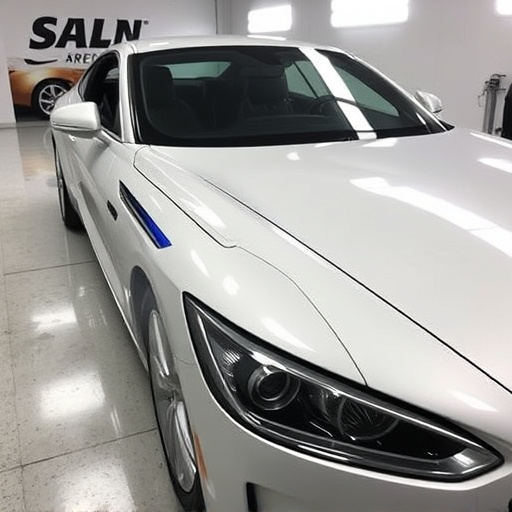
Towing to collision centers is a crucial part of the automotive aftercare process, especially following an accident or incident that causes vehicle damage. Understanding the towing procedure ensures a smooth transition from the scene to the facility where comprehensive auto glass replacement, automotive repair services, and car damage repairs can be expertly handled. This involves several key steps: first, assessing the vehicle’s condition to determine the safest method of transport. Towing companies are trained to handle various scenarios, from flat tires to severe crashes, using specialized equipment to secure the vehicle for tow.
Once at the collision center, efficient towing procedures facilitate a swift evaluation and diagnosis of the damage. This enables skilled technicians to provide tailored solutions, whether it’s minor repairs like fixing a cracked windshield or more extensive car damage repair. A well-coordinated process ensures that vehicles are not only transported securely but also arrive at their destination in a timely manner, minimizing downtime for both the owner and the collision center.
Legal Liability Aspects of Vehicle Towing Services

When it comes to vehicle towing services, especially those transporting cars to a collision center for repairs, understanding legal liability aspects is paramount. Towing companies operate within a complex web of regulations and laws that can significantly impact their financial exposure and potential responsibility. One of the primary considerations is ensuring proper authorization from vehicle owners or authorized representatives before initiating the tow. This step safeguards against accusations of unauthorized removal, which could lead to legal disputes.
Additionally, the condition of the vehicle during towing is critical. Companies must exercise reasonable care to prevent further damage to the vehicle, especially during transport and while at the collision center. This includes secure attachment and proper handling techniques. Liability may arise if a company fails to meet these standards, potentially resulting in compensation claims for auto glass repair, dent repair, or other vehicle repair services. Therefore, towing to a collision center requires meticulous attention to detail and adherence to legal guidelines to mitigate risks and maintain operational integrity.
Best Practices for Safe and Efficient Towing Operations
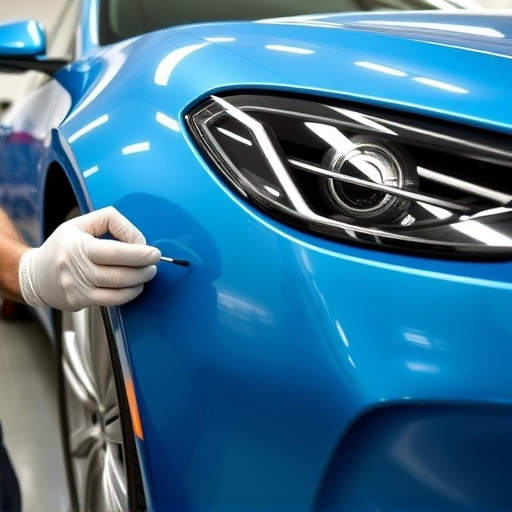
In the context of towing to a collision center, best practices for safe and efficient operations are paramount. When transporting damaged vehicles, ensuring proper vehicle securing is non-negotiable. This involves using appropriate equipment like wheel chocks and securement straps to prevent movement during transit. Drivers should be well-trained in handling different types of vehicles, especially those with unique or specialized features. Effective communication between the towing company and collision center is crucial for seamless coordination and accurate information exchange regarding the condition of the towed vehicle.
Moreover, maintaining a clean, organized, and well-maintained fleet is essential for minimizing damage to vehicles during towing. Regular inspections should be conducted to identify potential issues with tow trucks, ensuring they are fit for purpose. Additionally, integrating technology solutions like GPS tracking and real-time monitoring can enhance safety by allowing for quick response times in case of emergencies. These practices not only safeguard the integrity of the vehicles being towed but also contribute to efficient collision repair center operations, facilitating smoother dent removal and bumper repair processes upon arrival.
Towing vehicles to collision centers involves a delicate balance between efficient operations and legal liability. By understanding the proper procedures, adhering to best practices, and staying informed about legal aspects, towing services can ensure safe and seamless transportation of vehicles. This not only enhances customer satisfaction but also safeguards against potential risks and responsibilities associated with the process. Remember, in the realm of towing to collision centers, knowledge is power—and safety is paramount.
